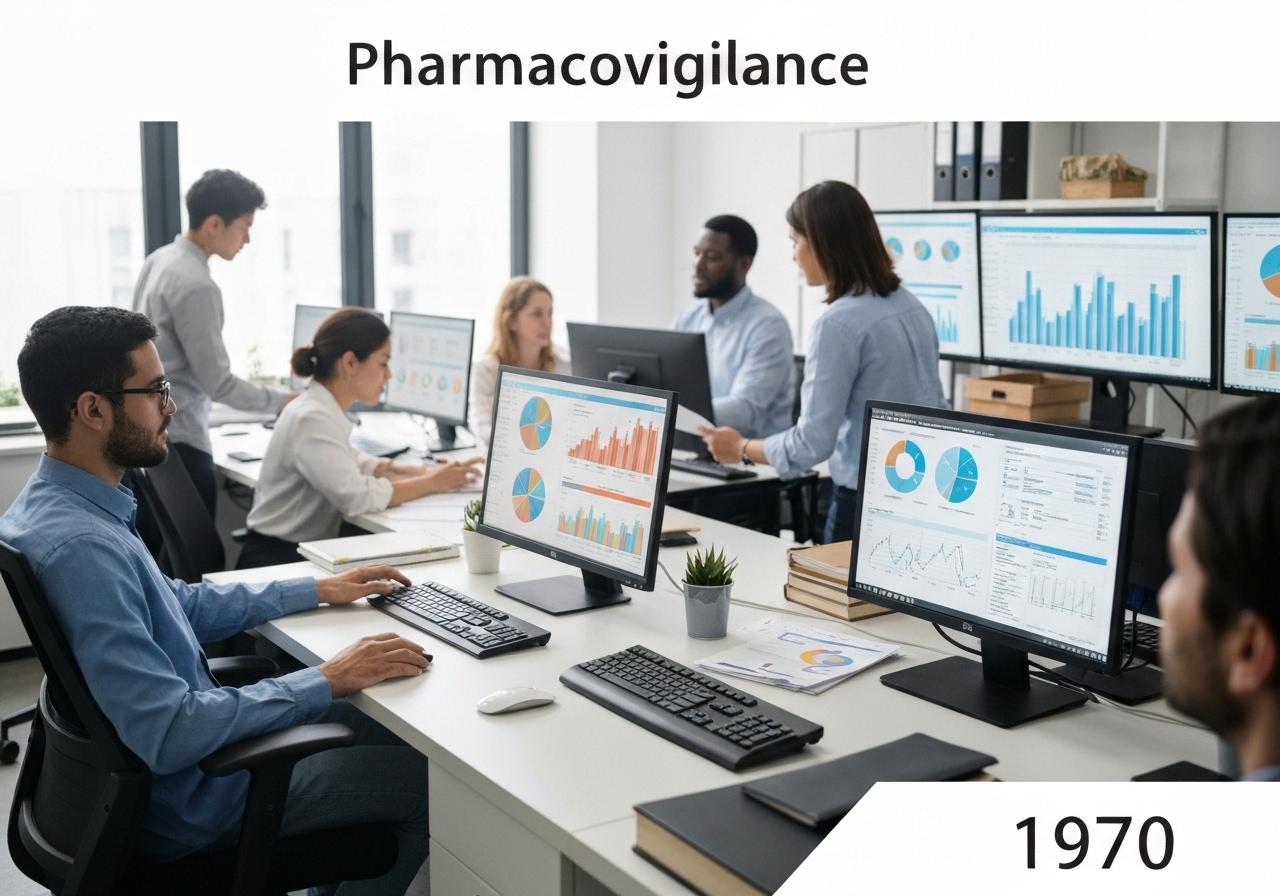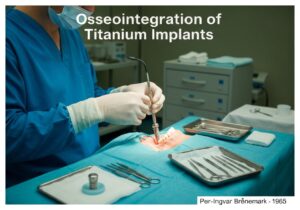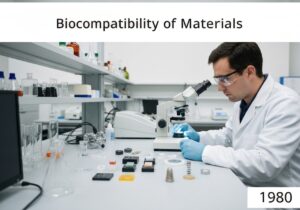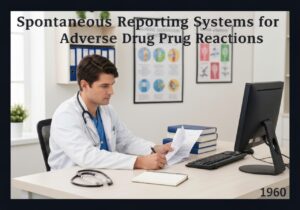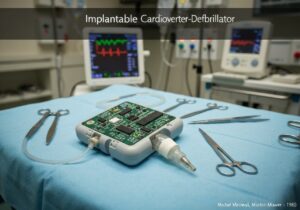Pharmacovigilance is the pharmacological science relating to the detection, assessment, understanding, and prevention of adverse effects, particularly long-term and short-term side effects of medicines. It is a continuous process that begins during clinical trials and extends throughout the entire 生命周期 of a drug, focusing on post-marketing surveillance to identify rare or previously unknown adverse drug reactions (ADRs).

